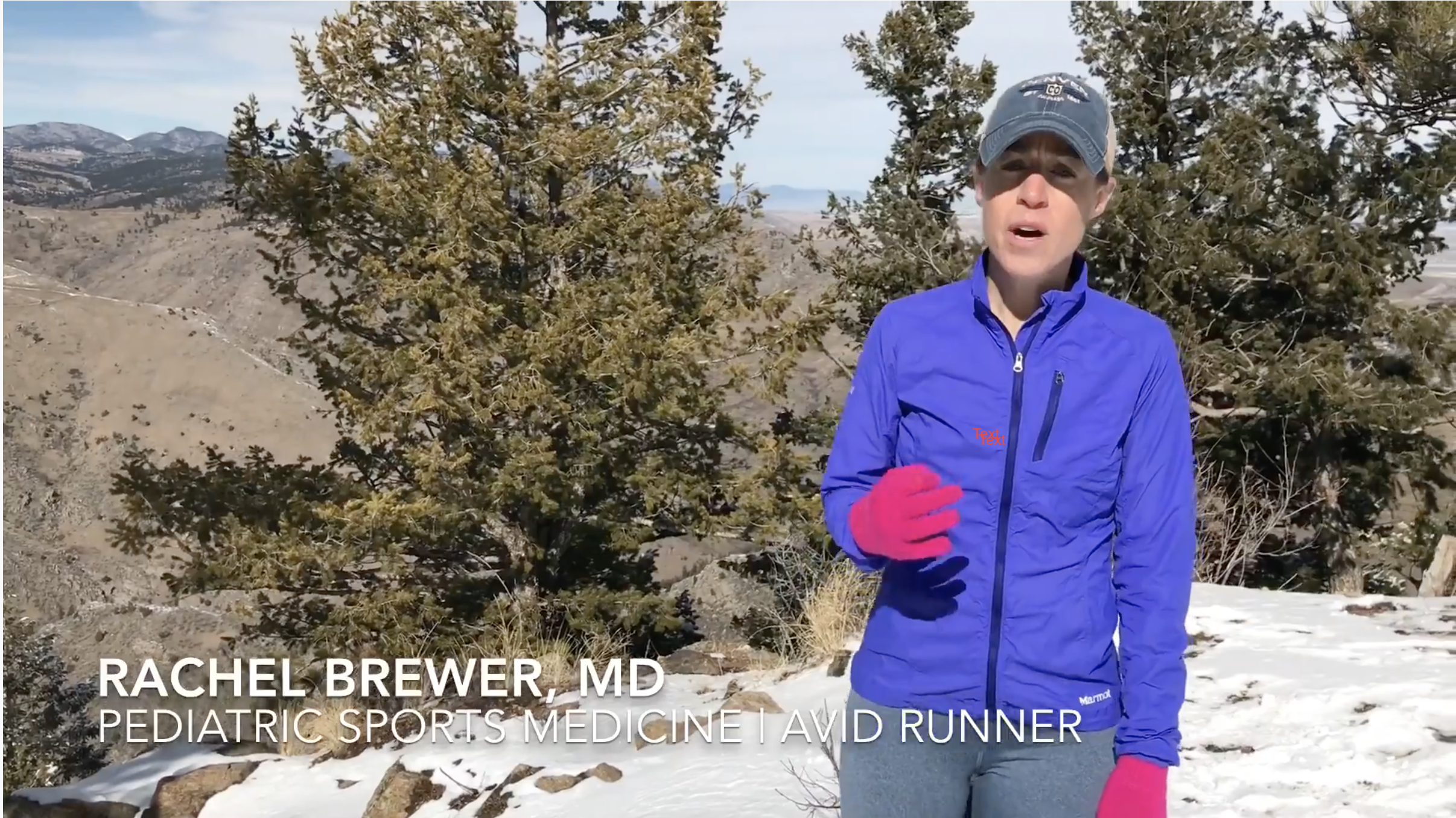
As a marketing director at several hospitals within HCA Healthcare, one of the nation's leading healthcare systems, I've gained invaluable experience collaborating with a number of talented communications and marketing professionals during my nearly 15-year tenure. But, my work with video crews and freelance videographers on commercial shoots, patient testimonials and service line videos has been most impactful to elevating my skill set as a marketer. I've learned that video is critical to articulating how a product or service is positioned, and for me, how a story is told. In healthcare communications, telling stories and emphasizing the human side to the industry is key to communicating its value.
Video Marketing | Statistics You Can't Ignore
- YouTube receives more than 1.5 billion users per day and plays over one billion hours of video each day to users (SEJ, 2018)
- Studies show that 54 percent of consumers want to see more video content from a brand or business they support (HubSpot, 2018).
- Videos maintain viewer engagement and results in longer visits on websites. The average user spends 88 percent more time on a website with video (Forbes, 2018).
- Where both video and text are available on the same page, 72 percent of people would rather use video to learn about a product or service (Wyzowl, 2018).
These statistics present the "why" video is compelling, not only to marketing and digital communications, but to content creation and public relations. Specifically, I've used video to:
- Increase brand awareness
- Promote employed physicians and service lines; tout innovative procedures and share quality outcomes
- Monitor trending healthcare topics; promote our own experts in an effort to lend a local voice to national topics
Here's the How | Facebook LIVE Interviews
When I decided to add video to my repertoire of skills, the first thing I did was take a cue from experienced videographers and embark on a Facebook LIVE interview campaign. Utilizing the internal microphone on my iPad (and later a lavalier mic), a few lights that I found in the office, and a tripod that I borrowed from a friend, I began collaborating with nurses, physicians and service line directors to identify topics and script interview questions. I simply wanted to produce short, informational videos for our audience —but I wanted them to be compelling. I recorded more than 50 Facebook LIVE interviews that first year and the feedback was tremendous! Our audience was actively engaging in the content we produced and even more validating was that the interviews were being shared by our community partners.
Video Interview Essentials | Audio and Proper Lighting
As I began honing my skills as a videographer, I discovered how important lighting and sound quality is to capturing compelling content on camera. I also wanted to avoid the reliance of a wi-fi connection during Facebook LIVE interviews. With 1080p HD video recording at 60fps, I found my iPhone 7 Plus quite useful. I was able to secure better audio with the addition of a directional microphone (and later a wireless microphone) and any surrounding noise was reduced substantially.
I improved the lighting of my interviews with the purchase of an LED lighting kit. The lights (with soft boxes) produce soft, warm light and provided better control of the brightness level. After purchasing a video kit with various lenses and a mini tripod, I discovered that the mini tripod works well as a hand-held stabilizer. With improved audio, a hand-held stabilizer and better lighting, I became more mobile with my video equipment, making it easier, faster and more convenient for my interview subjects.
Mobility | Freedom and Creativity
After I became fully mobile, I recruited Rachel Brewer, MD, a pediatric sports medicine physician, to participate in an outdoor video series. Dr. Brewer's authenticity and passion for endurance sports and ultra-marathons was perfect for a series I produced called "Dr. Brewer's Running Tips." It was during this video series that I became more aware of frame composition and movement, and I learned how to incorporate those features using the iMovie software application. Ultimately, what I've learned from video is that it can bring subjects to life, adding quality and authenticity.

Video Production | Lessons Learned
After several years of trial and error, I offer a few takeaways:
- Don’t be afraid to experiment with video using your iPhone.
- Start small.
- Invest in a light and external microphone.
- Pre-interviews, scouting locations and scripting are critically important to quality and authenticity and will save you time in the end.
- On-camera interviews can be intimidating. As the director, it's your job to ease your subject's concerns in advance of and during the shoot.
- Video engagement requires quality not quantity. Limit the duration of the video to 1-2 minutes and ensure the content is easy for the viewer to consume.